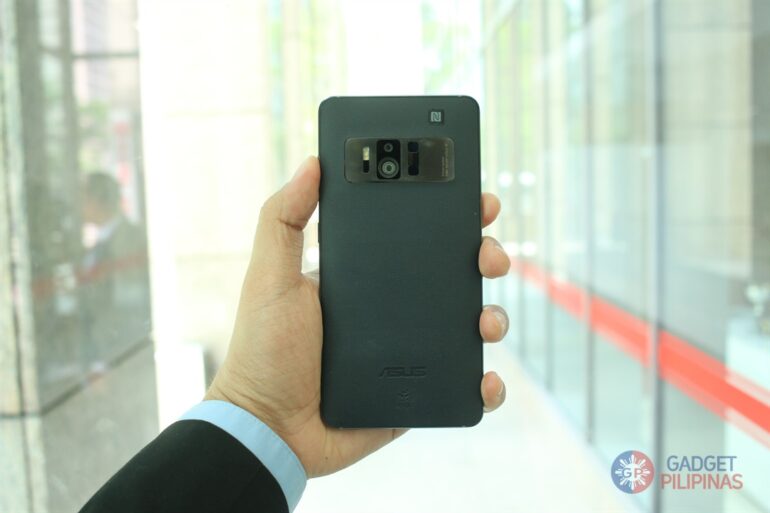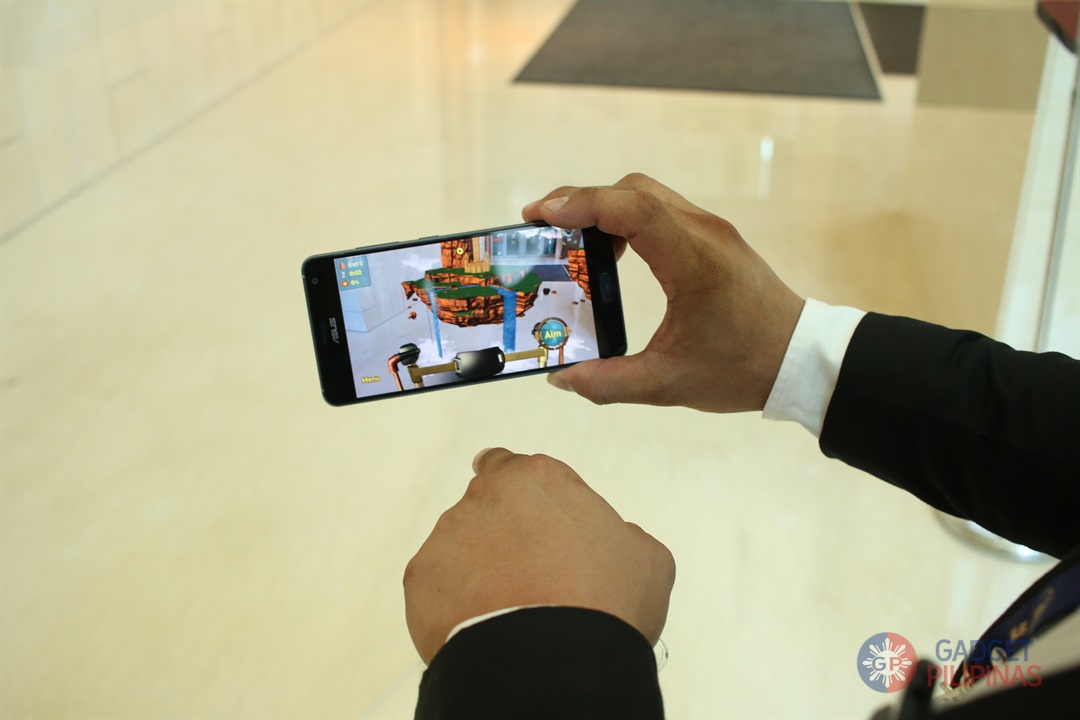Mixed reality has been growing more traction worldwide. In fact, when I met Josh Vergara of Android Authority this Computex 2017, he said that speculations about the upcoming Pixel 3 having Tango embedded to its system has been going around.
In the Philippines, while Filipinos aren’t much familiar with ‘mixed reality’ as a term, virtual reality has been getting popular with the proliferation of VR glasses and Playstation VR. Mixed reality is totally a different animal though, and it might take a while for Filipino consumers to embrace it like virtual reality. Last December 2016, I got the chance to interview Chris Misola, a pioneer in mixed reality app development scene in the Philippines, about the present and future of mixed reality in the Philippines. The future is bright, but it requires great amount of effort to promote it down to the consumer level.
Microsoft Hololens is expensive, and it’s downright difficult to use it as an entry-point to introduce mixed reality to more people. More over, most Filipinos are mobile and usually prefer to use smartphones than being tethered to their computer. This is where the latest product from ASUS will come in – the ASUS Zenfone AR.
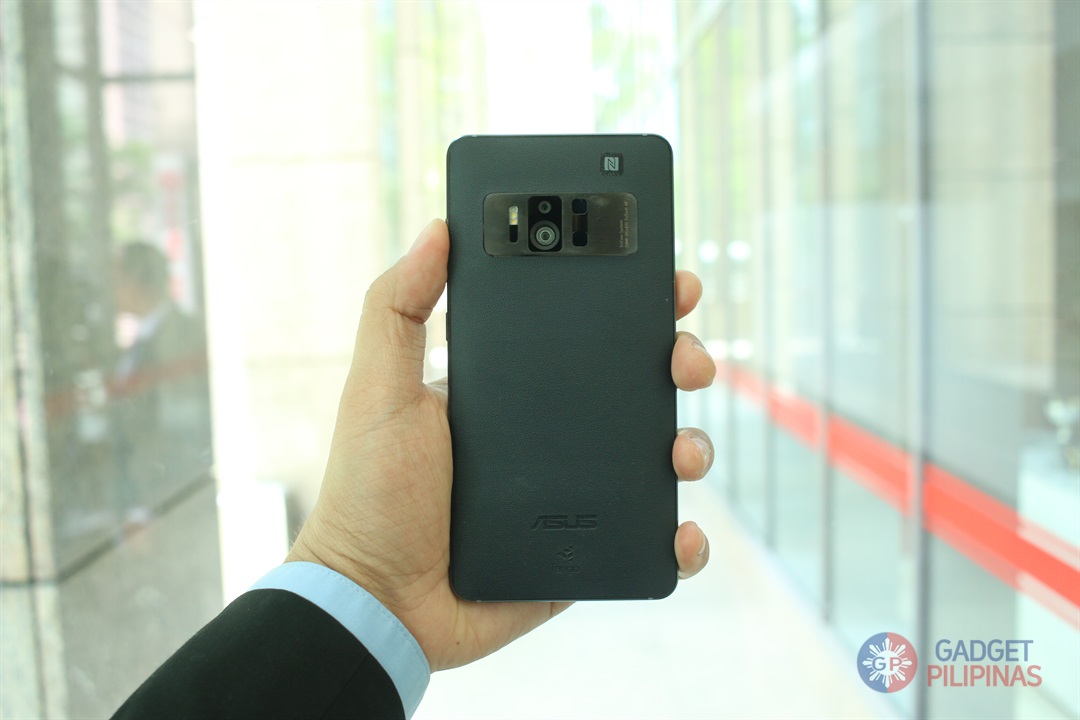 What powers the unique selling proposition of the Zenfone AR is Google Tango, an augmented reality platform developed by Google. As a mixed-reality platform, it features the following functionality: motion-tracking, area learning and depth perception. With these features in the right hardware, you’ve got yourself an untethered pseudo-Hololens sans the big lens.
What powers the unique selling proposition of the Zenfone AR is Google Tango, an augmented reality platform developed by Google. As a mixed-reality platform, it features the following functionality: motion-tracking, area learning and depth perception. With these features in the right hardware, you’ve got yourself an untethered pseudo-Hololens sans the big lens.
I got the chance to try it out during Computex, and I was definitely astounded with what it can do today and in the future. While I find it to be a niche product, ASUS (and other brands that will continue and follow suit) can help bring mixed reality to the education and entertainment mind share of Filipinos.
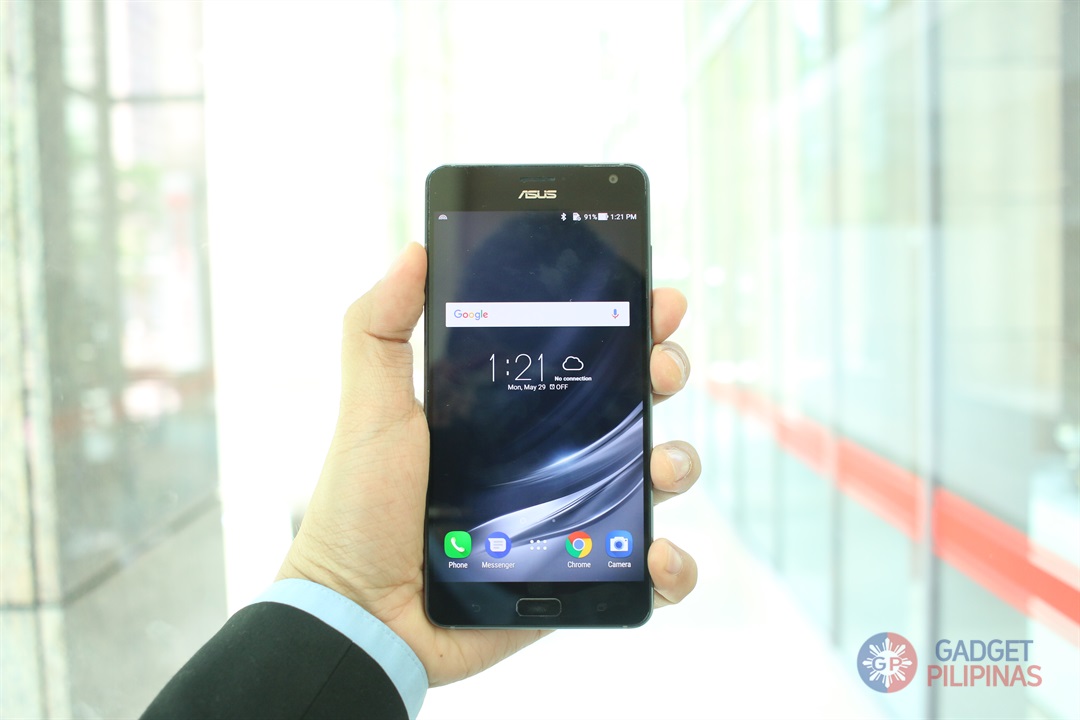 For augmented reality, I got the chance to try one of the apps that allowed me to check the latest car from BMW. Soon, mobile devices that’s capable of delivering AR technology will allow consumers to check and even shop for their next car at the comforts of their home. Here’s Google Tango on Zenfone AR in action.
For augmented reality, I got the chance to try one of the apps that allowed me to check the latest car from BMW. Soon, mobile devices that’s capable of delivering AR technology will allow consumers to check and even shop for their next car at the comforts of their home. Here’s Google Tango on Zenfone AR in action.
The Zenfone AR may also be used for home improvement, education and entertainment. For instance, if you have plans on redesigning your room, you may place virtual furniture on your room via AR, and the device will remember where you put it and how it will look good from various perspectives.
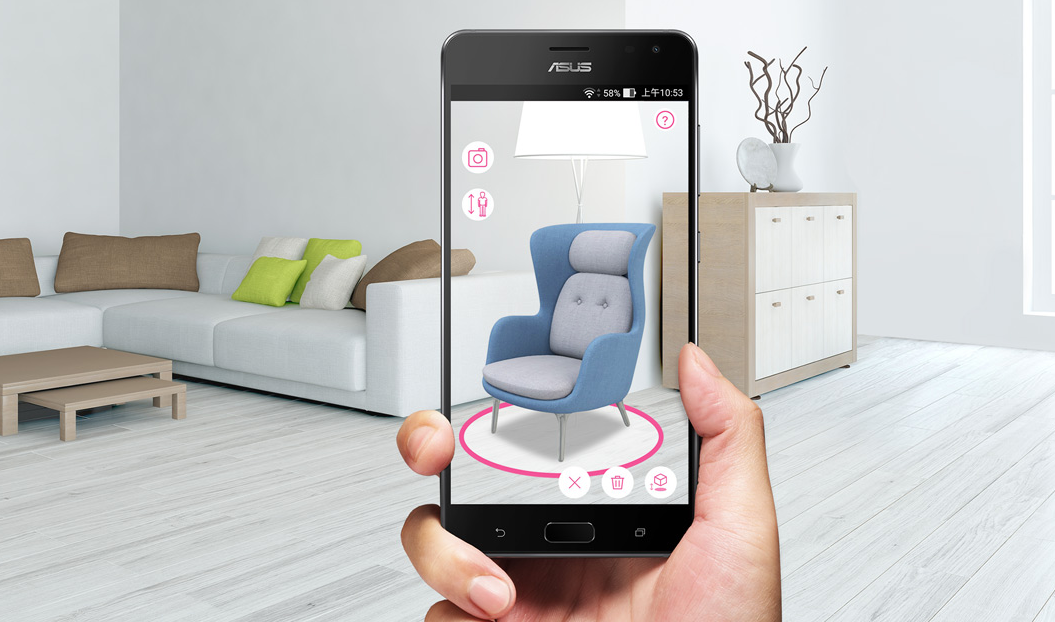 It can also be a means to entertain yourself or bored kids. You can put a virtual island on thin air, and check all sides of it using the Zenfone AR’s. You can also place a Hotwheels track on your floor or table, and play as if it’s really there.
It can also be a means to entertain yourself or bored kids. You can put a virtual island on thin air, and check all sides of it using the Zenfone AR’s. You can also place a Hotwheels track on your floor or table, and play as if it’s really there.
The world’s first smartphone that’s compatible with Tango and Daydream, the virtual reality experience on the Zenfone AR works like a charm. I played Hunter’s Gate on the smartphone and it worked like magic. The game is an isometric dungeon crawler, just like the Diablo franchise on PC.
I simply put on Daydream View, Google’s first VR headset:
Opened the game via Daydream app:
And played the game by controlling the character using the controller’s trackpad and executing commands by moving it and pressing the action key.
It was so entertaining, I didn’t want to leave my spot at the venue. I just really hope that they will bring this to the Philippines soon.
I asked ASUS about the official launch of the device in the Philippines, but they only gave me the classic “stay tuned” answer. They have been giving good hints though, as they are now starting to promote AR in the country. In fact, their upcoming nationwide #ZenfoneAR hackathon is the most obvious hint to the brewing launch and availability of Zenfone AR in the country. Their challenge is simple: create a breakthrough AR/VR app in just 48hours and win up to 100,000 and an internship to ASUS Headquarters in Taiwan. Sweet! The Hackathon will be held on June 22-23, 2017 for the Final 6 teams. A culminating event for presentation, judging and awarding will take place on June 24. The final venue for the Hackathon event will be announced later.
If you want to know more about this upcoming hackathon, be sure to check this link, or read it below:
ASUS Zenfone AR Specifications:
- CPU: 64-bit Qualcomm Quad-Core Processor Snapdragon 821 @ 2.35Ghz
- GPU: Adreno 530
- Dimension: 6.24 x 3.05 x 0.18 inch ~ 0.35 inch
- Weight: 170g
- Display: 5.7-inch, WQHD Super Amoled Display with Corning Gorilla Glass 4 display protection technology
- RAM: 6GB / 8GB LPDDR4
- Internal Storage: 32GB / 64GB / 128GB / 256GB
- Storage Expandability: up to 2TB
- Front Camera: 8MP, f/2.0 aperture, 85 wide-viewing angle
- Rear Camera: 23MP Camera, f/2.0 aperture, 6 P Largan Lens
- TriCam System for Tango:
- Motion tracking camera lets ZenFone AR track its location as it moves through space.
- Depth sensing camera with an infrared (IR) projector lets ZenFone AR measure its distance from real-world objects.
- High-resolution 23MP camera lets you view virtual objects in your actual environment in stunning detail.
Giancarlo Viterbo is a Filipino Technology Journalist, blogger and Editor of gadgetpilipinas.net, He is also a Geek, Dad and a Husband. He knows a lot about washing the dishes, doing some errands and following instructions from his boss on his day job. Follow him on twitter: @gianviterbo and @gadgetpilipinas.

